Four years ago, my nephew and niece, at the time aged ten and six respectively, saw Disney’s animated film Mulan. They gleefully watched a story featuring a red fast-talking sidekick dragon, the brave young Mulan, and the yellow-eyed evil Huns. The movie’s catchy songs were sung around the house calling everyone to “let’s get down to business, to defeat the Huns!”
A year later, I visited my family for the winter holidays. Remembering all the fun we had singing Mulan songs, I suggested we re-watch the movie. Except this time, my nephew and niece both strongly disagreed. When I asked my brother why, he told me that he finally explained to the children how Mulan depicts us – the Mongols.
We were the Huns – the yellow-eyed, grey-skinned, long-haired, fur wearing evil monsters in the movie that are shown in the beginning as characters to be feared but by the end are ones to be laughed at. Naturally, my nephew and niece did not like watching a movie that depicted us as such.
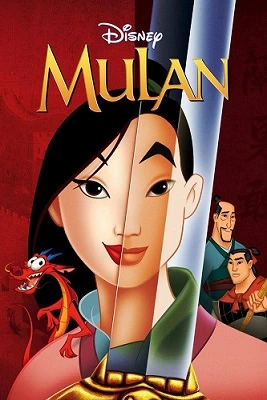
In recent years, a growing multicultural society has called on Disney to diversify characters and increase cultural sensitivity in their films. For the most part, they have responded – see Moana from the same titled movie and Tiana from the Princess and the Frog. Unfortunately, capable Asian characters remain few and far between – with millions of Asian girls looking up to and absorbing the story of Mulan, and the barbarity of her rivals. This is evident in the character of Mulan being identified by Disney as a Princess, while she is not a princess in any capacity, essentially tokenizing her.
But where does this story come from?
Mongolians traditionally trace themselves back to the Khunnu (Хүннү) Empire, which is where the word for person – “khun” (xүн) comes from. This is often also referred to as the Xiongnu Empire, and sometimes the Hun Empire, with a debatable connection to Attila the Hun’s reign in Europe.
During the annual summer Naadam Festival, Mongol heritage is highlighted through various performances. Last July, during the opening ceremony for the festival, the President called for a celebration of the “2,226th year anniversary of the establishment of the Empire, 811th year anniversary of the establishment of the Mongol State, 106th year anniversary of independence and 96th year anniversary of the People’s Revolution.” (Тулгар Төрт Улс байгуулагдсаны 2226 жилийн ой, Их Монгол Улс байгуулагдсаны 811 жилийн ой, Тусгаар Тогтнолын 106 жилийн ой, Ардын Хувьсгалын 96 жилийн ой). This 2,226-year anniversary celebration is directly related to the establishment of the Khunnu (Хүннү) Empire in 209 BC.
The common stereotypes of Mongols arose from this period of time as well as later in Chinggis Khan’s reign, as most written records were kept by those that the Mongolians fought with for resources and power. Called “barbarians” by sources written in Chinese, Persian and Sanskrit, Mongolians were described as having slanted yellow eyes, stocky bodies and tanned skin. They were superior archers and brutal warriors that rode short and stocky horses. These are all the characteristics that Disney’s Mulan shamelessly depicts.
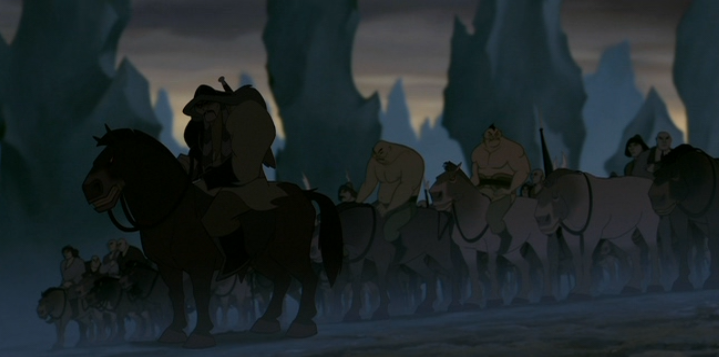
Why did Disney make the Huns or the Mongols the villains? The original legend of Mulan does not depict the villains as external to her society. The Ballad of Mulan, composed in the 5th or 6th century, one of the oldest written version of the story available, describes domestic turmoil. A later Ming Dynasty version of the folk story by Xu Wei called “The Female Mulan Joins the Army in Place of Her Father” imagines a kingdom facing an internal rebellion. As any old legends develop, there are various iterations of Mulan that adapts and changes to the political and social climate in China, there is even a version where Europeans are the ones in conflict with the Chinese. With so many choices of villains for the story and even an option of a fictional villain, Disney decides on the Huns/Mongols to be the villains in their version of Mulan that would be internationally distributed with Disney’s influence across the world.
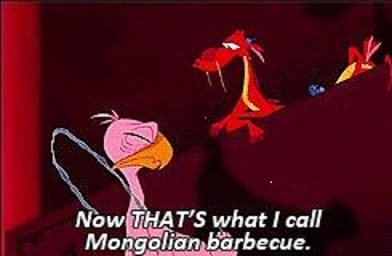
So why the Mongols?
According to Hongmei Yu, an Associate Professor of Chinese in the Department of Modern Languages and Literatures at Luther College, Disney’s Mulan was a “political compromise and a strategic marketing decision for Disney to regain the Chinese market.” As Yu explains in the article “From Kundun to Mulan: A Political Economic Case Study of Disney and China” there was a need to restore Disney’s image and access to growing Chinese market following the release of the film Kundun in 1997, where Touchstone Pictures (a Disney-controlled film studio) depicted the story of the 14th Dalai Lama, and to which China had strongly objected.
Yu further explains that “Disney’s production of a well-known Chinese folktale became Disney’s ‘apology’ to China.” In order to smooth out political wrinkles in the story, Disney chose an easy target – the Mongols, who had already been vilified for centuries and whose market and political power was something that Disney was not really worried about.
And just like that, the evil, menacing image of the Huns in the film came to represent all Mongols everywhere not just in the Western, but the global imagination adding to the stereotypes that were already present.
For a movie that talks about honoring ancestors, Disney reduces mine to stereotypes – erasing a dynamic and complex history.
Fun fact: Coming from an Asian-American background, I related to Mulan and looked up to her. When I was 11, I wrote a letter to Disney asking them to re-do Mulan so that my ancestors were not evil two-dimensional characters that were depicted. Maybe the live-action Mulan, slated for a 2019 release, is Disney’s answer to my request?
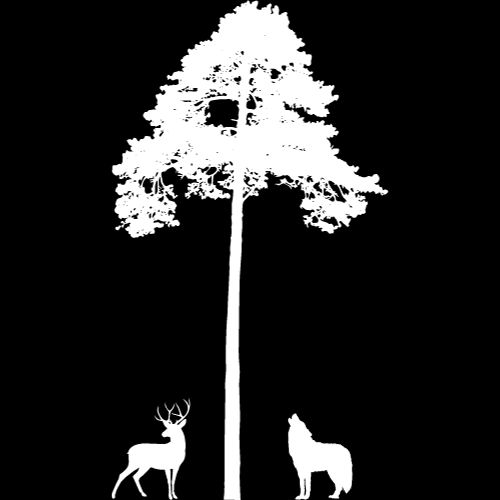

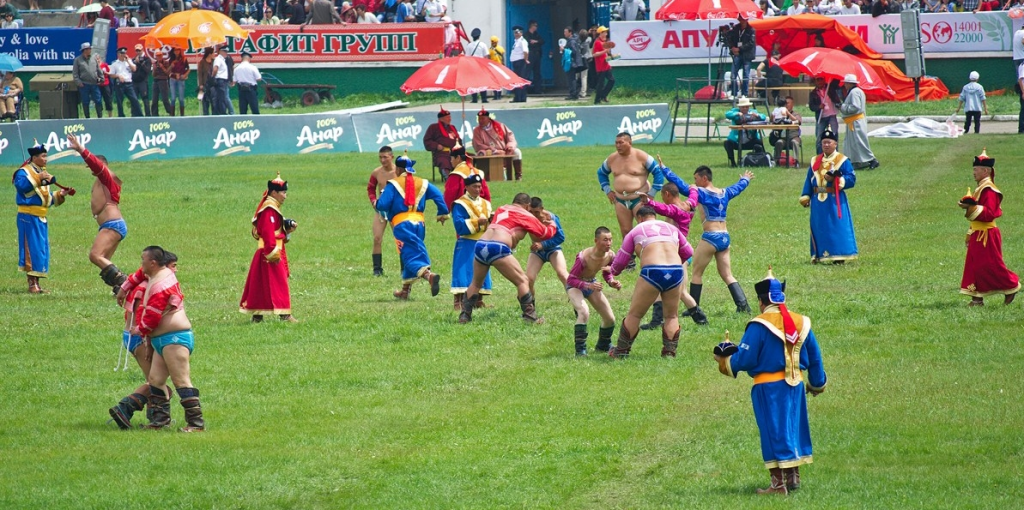
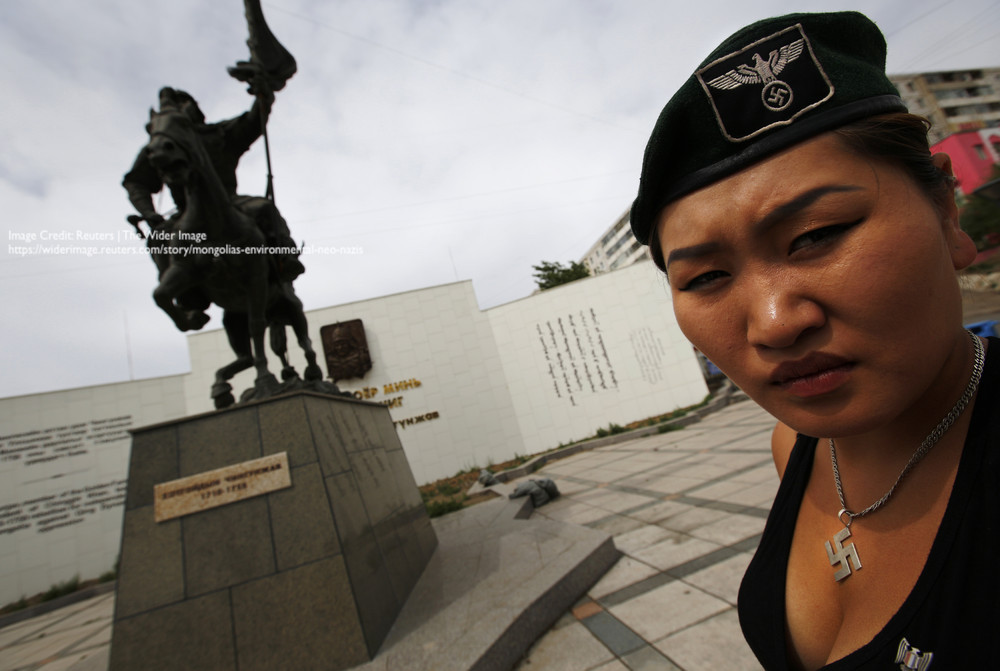

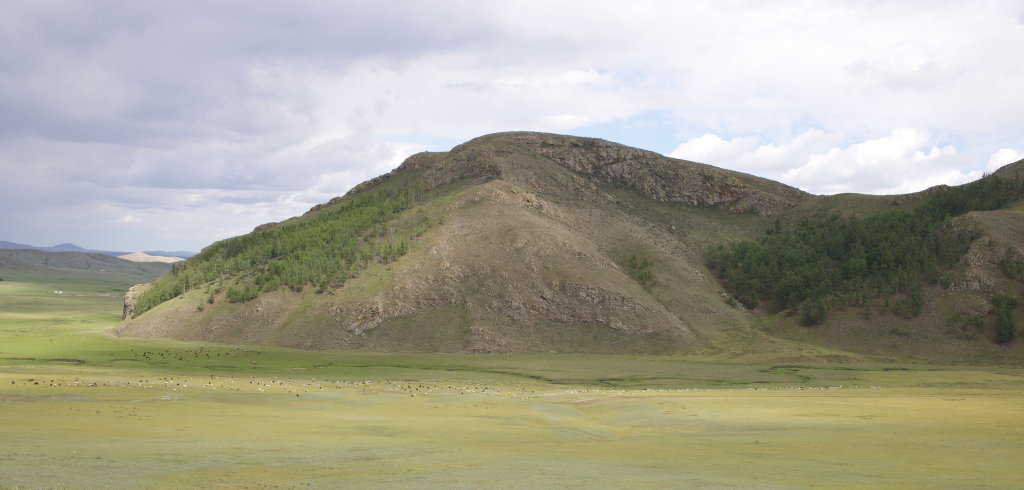
Leave a comment